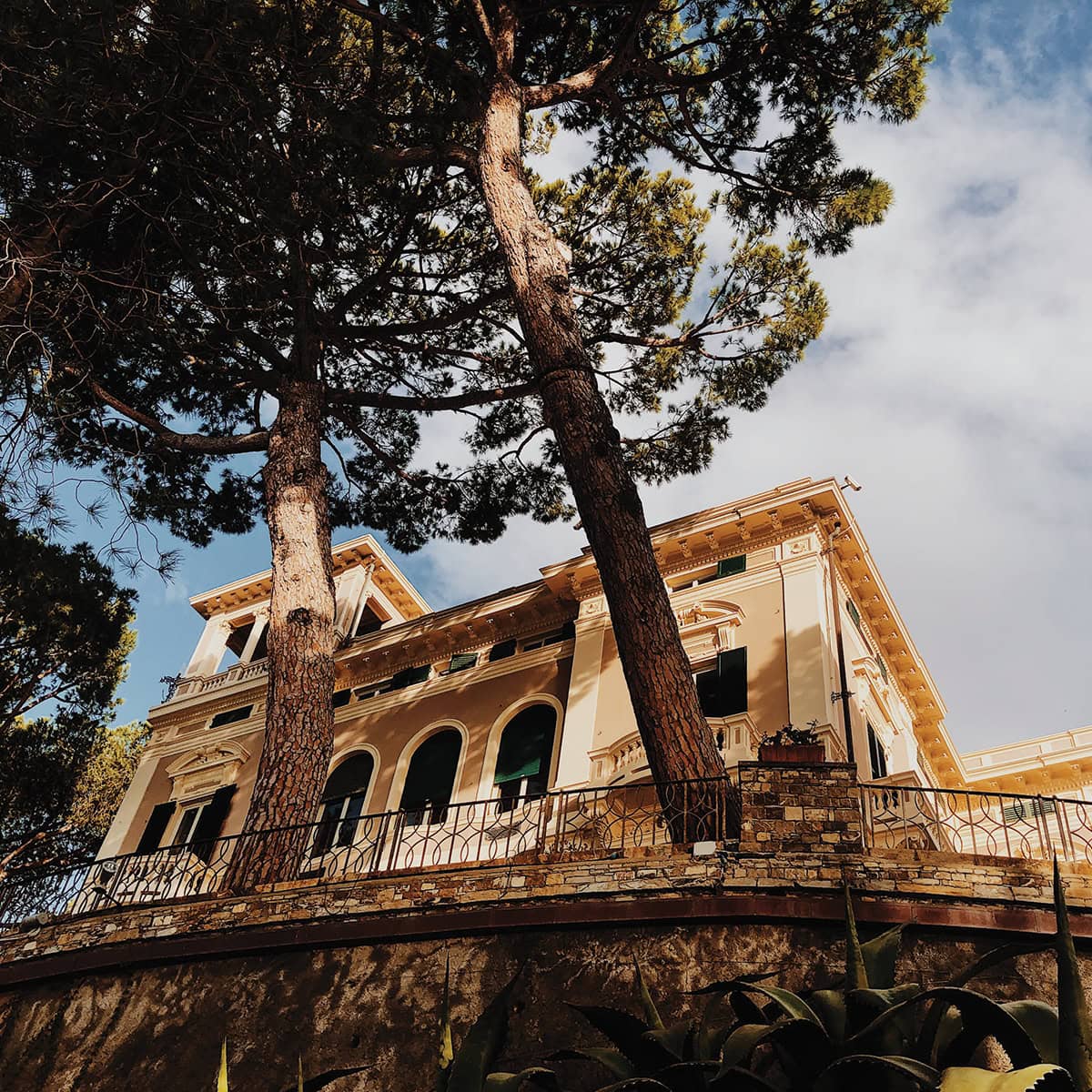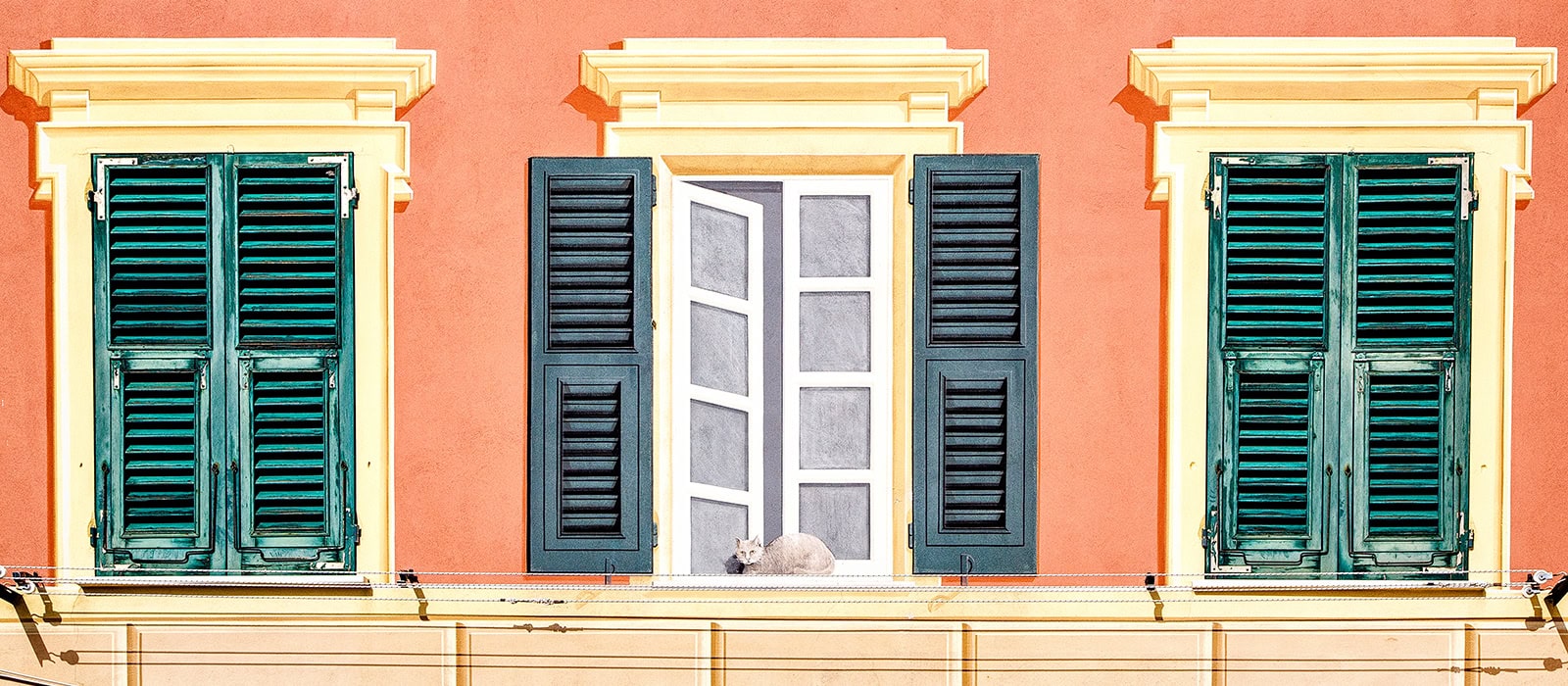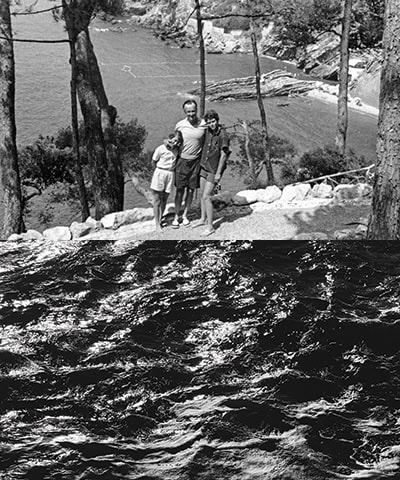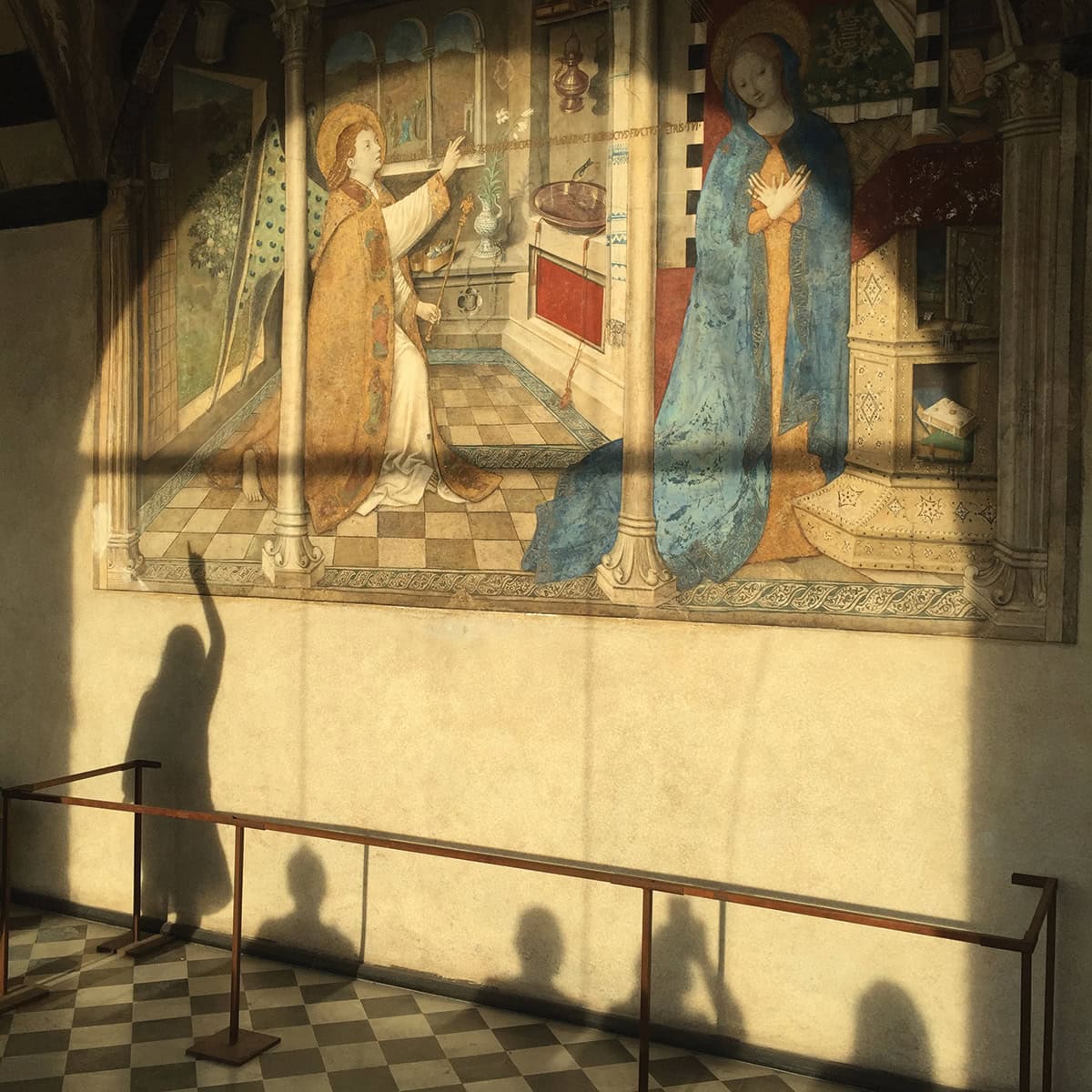
Origin of the Bogliasco Foundation
After the death of patriarch Leo Biaggi in 1979, his 3 children - all creative individuals who had spent crucial formative years influenced by the stirring beauty of the Ligurian coast - decided to honor a longstanding family commitment to the arts and humanities with the formation of the Bogliasco Foundation. In donating their childhood home irrevocably, they aspired to help cultivate new ideas, creative expression and global community by sharing this very special place with the world’s most exceptional artists and scholars.

In 1991, the Bogliasco Foundation was incorporated as an American 501c3 nonprofit organization in the state of New York. Founding trustees Anna Maria Quaiat and James Harrison, who would lead the organization as Director and President respectively for the next 16 years, oversaw extensive renovations of the property to provide ideal working conditions. The Bogliasco Center opened its doors to a first small group of Fellows in 1996.
In January, 2007, the Bogliasco Foundation received the “Grifo d’Oro,” the highest honor bestowed by the nearby city of Genoa, in recognition of the Foundation’s support of the humanistic disciplines.
What began as a small family endeavor has now grown into one of the most highly regarded residency programs in the world, with an extensive international reach.


A brief history of the property
The current property includes an extensive garden and two separate structures: the main villa and a smaller gate house. The gate house was built in the late 1800s by the Swiss Nicod family, who named it the Villa Edelweiss. In 1927, Uruguayan diplomat Armando Chiarino acquired the entire estate and built a larger, more formal villa that was set back farther from the Via Aurelia. Designed by architect Michele Oddini, the new house was named the Villa Montevideo, after Chiarino’s home country. In 1934, the Biaggi family bought the property and hired Genoese architect Giuseppe Crosa di Vergagni to design new iron embellishments throughout. The main house was renamed the Villa dei Pini, after the majestic pines that continue to dominate the garden. The Villa Edelweiss was renamed the Villa Bitinia and became the custodian’s residence, as well as the current home of the dance and art studios.
Leo Biaggi, the ICRC, and new information
A Swiss citizen, Leo Biaggi de Blasys was born in Italy, studied at the University of Genoa, and lived most of his life in the Liguria region. He ran a sugar beet manufacturing company in Italy for many years, and was also the Genoa delegate to the International Committee of the Red Cross (ICRC) from 1943-1976. As the ICRC delegate, Biaggi was able to help a number of Swiss and non-Swiss Jews avoid deportation in the last years of the war by smuggling them into Switzerland, in cooperation with the Italian Delegation for the Assistance of Jewish Emigrants (DELASEM). In the last months of the war, Leo continued to visit camps for POWs and refugees, and planned ICRC relief efforts for a concentration camp in Bolzano. In recognition of his activities, the Italian government awarded him in the 1970's with the honorific titles of Commendatore and Grand'Ufficiale.
In recent years, new information became available. In his capacity as the ICRC delegate, Biaggi’s signature was found on travel documents that allowed many to escape Europe in the post-war years, including Nazi criminals. In 2015, the Bogliasco Foundation board of trustees decided they wanted a fuller understanding of what had transpired. As a Center devoted to art and humanistic inquiry, Bogliasco elected to address the question of Biaggi’s actions with transparency by consulting with renowned Austrian historian Gerald Steinacher. The James A. Rawley Professor of History at the University of Nebraska-Lincoln, Professor Steinacher is a leading expert on the postwar fate of Nazis and the complicity of institutions like the ICRC. Dr. Steinacher subsequently wrote an extended analysis of Biaggi’s role in this complex period, which concludes as follows:
“Leo Biaggi de Blasys, the ICRC delegate in Genoa, found himself in the middle of all these issues, because the port of Genoa was a sought-after port for everyone wanting to leave war-ravaged Europe behind. Following the fundamental principle of neutral humanitarianism, Leo helped everyone he was directed to help. He helped Jewish victims during and after the war, but prominent Holocaust perpetrators too, took advantage of his Red Cross office. The Red Cross in Geneva as well as the delegates in Italy knew about the ongoing abuse of their travel papers by criminal elements, spies, and Nazis early on. But there is no indication to date that Leo Biaggi intentionally and willingly helped Holocaust perpetrators like Eichmann escape justice.”